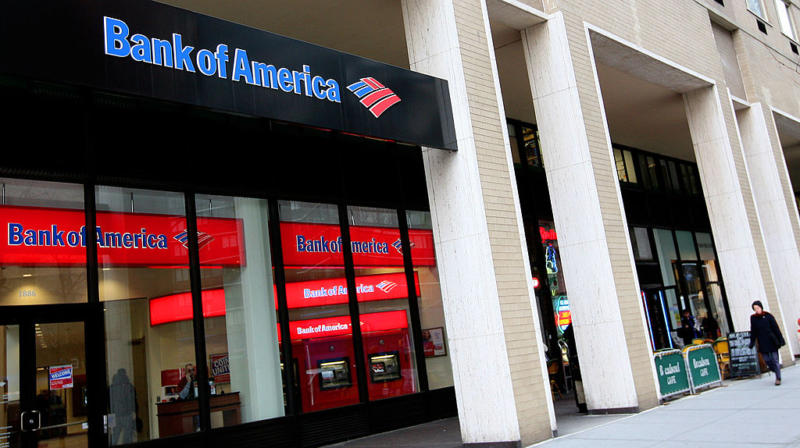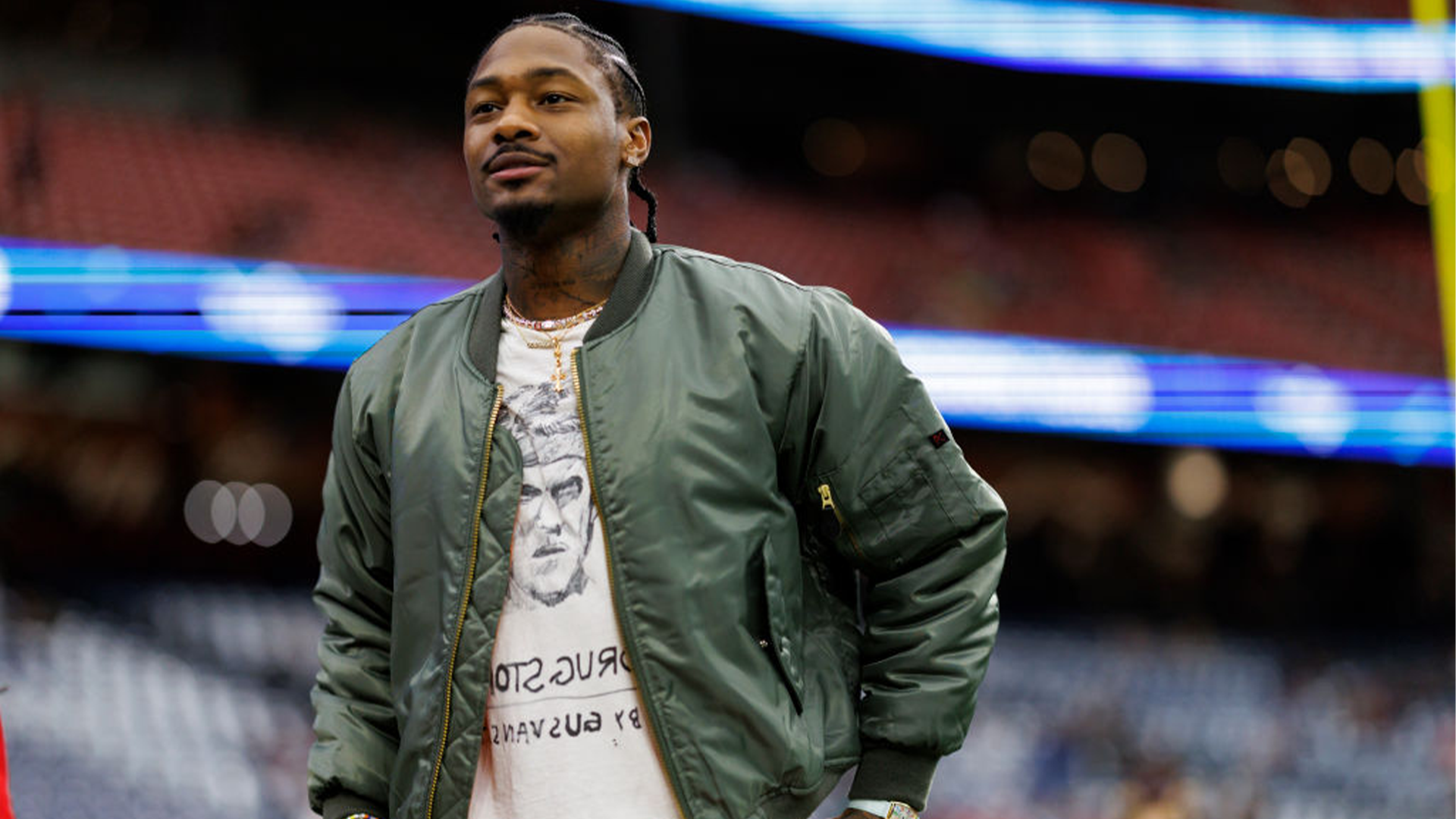Chris Brown said, “These girls ain’t loyal,” but who would have thought that reference would be true for banking institutions?
Now, it is no real shocker that large banks often act in the best interest of their own bottom line, but the most recent discovery about Bank of America may cause some to clutch their pearls.
In an alleged internal memo obtained by The Intercept, Bank of America seems to have some odd “hopes.”
They Said What?
The memo in question was released on June 17 entitled, “Mid-year review: One revision away from a recession.” Written by economist Ethan Harris, the document forecasts the future of the U.S. economy over the next several years. However, the most striking observation was the financial institutions’ intent on the job market.
“By the end of next year, we hope the ratio of job openings to unemployed is down to the more normal highs of the last business cycle,” the memo stated.
The somewhat daunting memo also indicated the changes in the amount of U.S. citizens seeking jobs “should help push up the unemployment rate.”
Although this language may take some aback, it is written on the heels of the Federal Reserve pushing to cool down the economy. The government agency used a very similar mode of reasoning as Bank of America — higher wages are driving inflation costs up. When inflation spikes, it is a significant indicator that a recession is on the way.
History Repeats Itself
With a predicted recession on the horizon, Bank of America is on edge. And while we cannot confirm, this sentiment is likely shared by other big banks and other economists due to the foretelling pattern described in Adam Smith’s 1776 book, “The Wealth of Nations.”
In it, he describes the impact of high wages and profits, which is a surreal parallel to the concerned sentiments of Bank of America.
“High profits tend much more to raise the price of work than high wages. They are silent with regard to the pernicious effects of their own gains. They complain only of those of other people,” Smith argued.
Ultimately, the memo shows how possible action from the Federal Reserve can ultimately “correct” the rate of workers entering the job force and how big institutions like Bank of America depend on working people’s inability to leverage their true economic power.

















